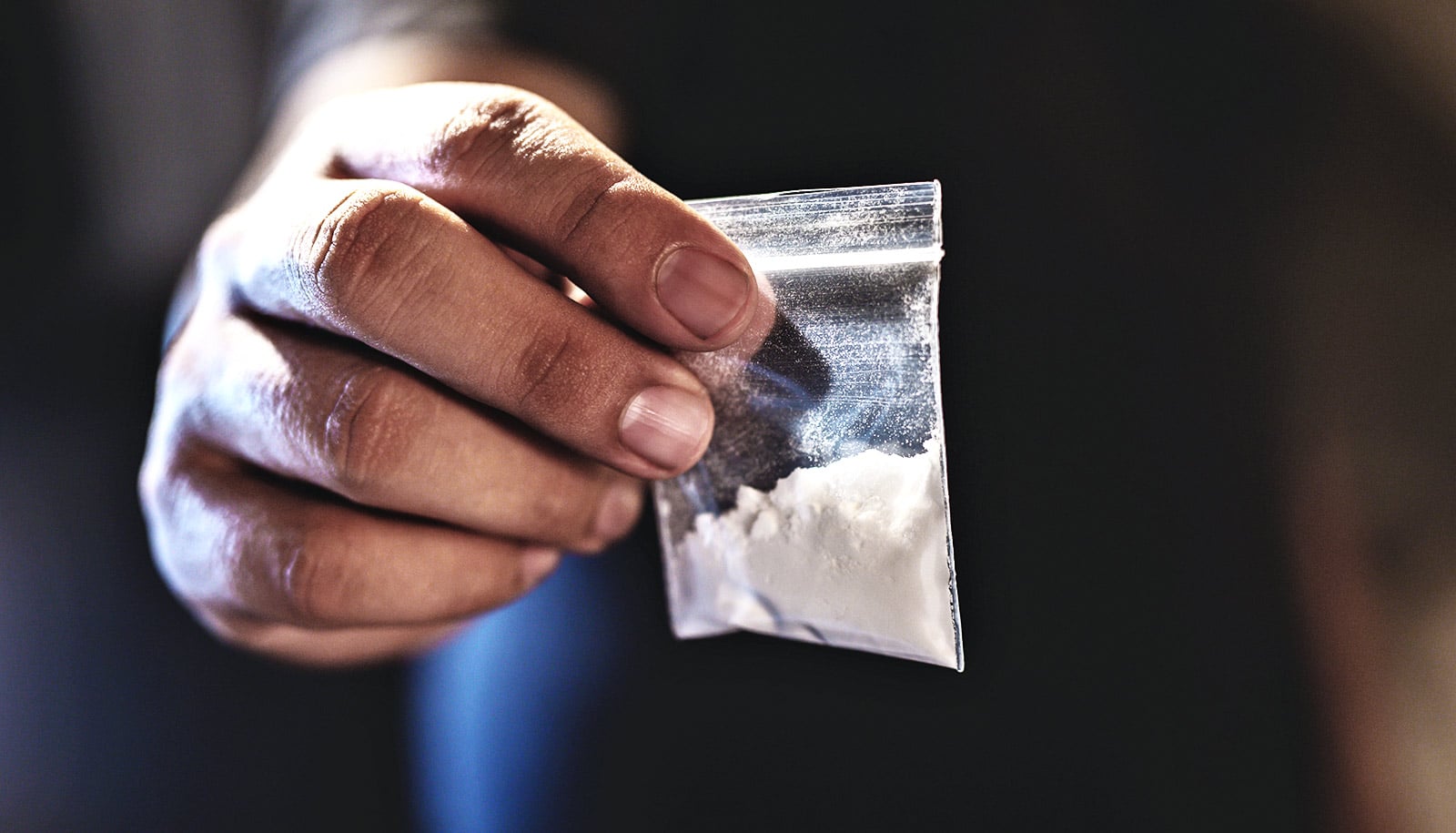A class of proteins with the potential to treat psychiatric and other diseases may also be effective in reducing relapse, or drug-seeking behaviors, a new preclinical study suggests.
The paper in Biological Psychiatry reveals important new information about the molecular changes that occur in the brain when someone takes cocaine—and how to target these molecules to reduce drug-seeking behaviors during withdrawal.
“…the big question is, how can we better understand drug addiction so that we can reduce the risk of relapse?”
“One of the greatest challenges with addiction is the persistent vulnerability to relapse,” says first author Craig Werner, a postdoctoral fellow who works with David Dietz, senior author and chair of the pharmacology and toxicology department at the University at Buffalo.
“We know that relapse rates have remained very stable despite many medical advancements, so the big question is, how can we better understand drug addiction so that we can reduce the risk of relapse? We wanted to look at withdrawal and to see what happens in the brain that maintains these relapse behaviors.”
The research focuses on a class of proteins called E3 ubiquitin ligases, which work by tagging other proteins to be degraded.
“We are the first group to look at this class of proteins in drug addiction,” says Werner, noting that this class of proteins regulates the degradation of specific sets of other proteins in a highly selective manner. “If you indirectly affect a protein through one of these E3 ubiquitin ligases, you can modulate a signaling pathway without targeting it directly.”
What is also exciting about these proteins, he says, is that they’re changed in disease states. “So the goal is to figure out how to return expression back to what they are in non-disease states, or in this case, how to return the neuroadaptations back to the non-addicted state.”
The targeted protein they studied is known as Smurf1, short for Smad ubiquitinylation regulatory factor 1. Cocaine addiction in lab animals causes a decrease in Smurf1. After addiction, during the withdrawal period when the animals didin’t get cocaine, there was a reduction in Smurf1 protein.
“We think the cell uses this protein, and those that it interacts with, to maintain vulnerability to relapse,” Werner says. “So we hypothesized that if we increased Smurf1, we could make the animals less vulnerable to relapse and actually reduce cocaine-seeking behavior.”
Activating the amygdala makes rats want cocaine even more
When the researchers used viral gene therapy to overexpress Smurf1 in the animals after they had been exposed to cocaine, it reduced the relapsing behavior.
“When we reversed what cocaine does to the brain, by reversing Smurf1 levels, the animal reduced their drug-seeking behaviors,” Dietz says.
The research is essential because it reveals the neurobiological mechanisms behind relapse, a process that is not well understood, the researchers say.
In a hurry to have sex, cocaine users may skip condoms
Werner and Dietz say the next step is to conduct more studies on the role of Smurf1 in addiction and other proteins in this class with the hope that such studies will provide the foundation for an effective therapeutic intervention for drug addiction.
The National Institutes of Health funded the research. Additional coauthors are from the University at Buffalo and Massachusetts General Hospital.
Source: University at Buffalo



